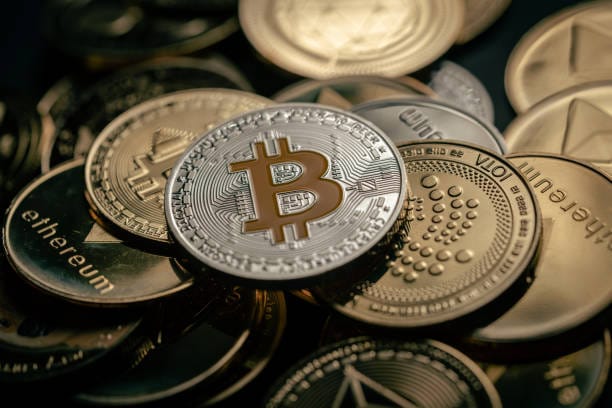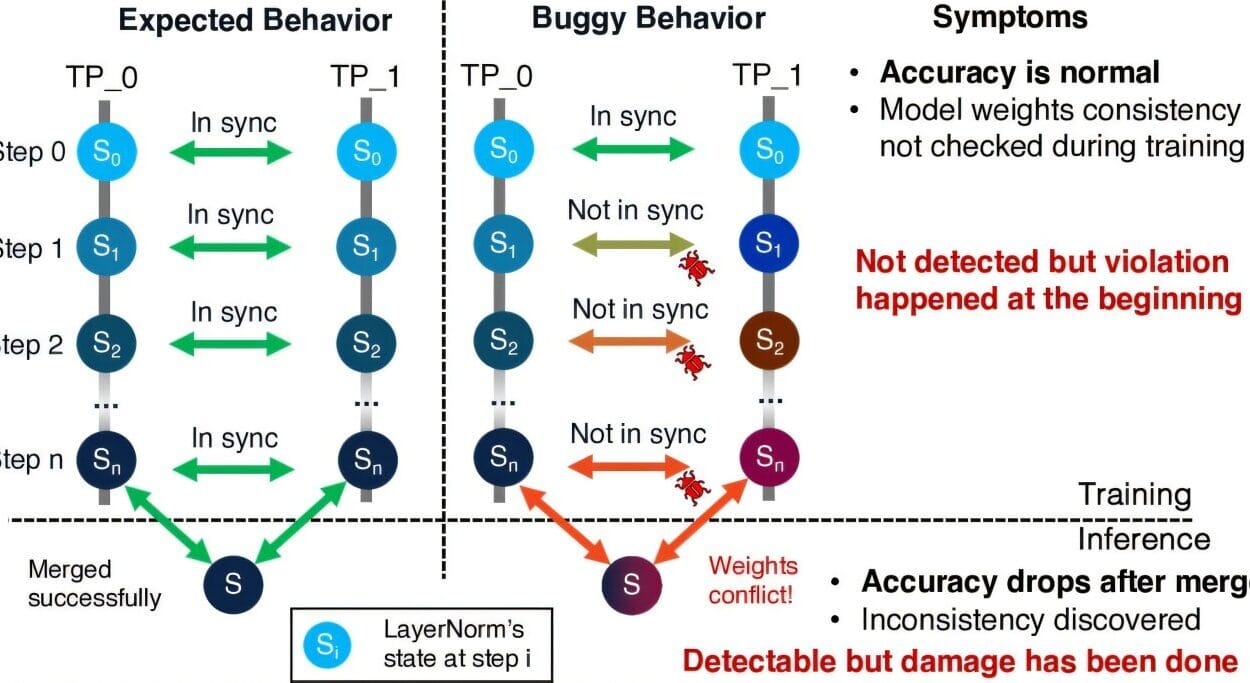Money has always been a story — a shared agreement among humans that a certain object, whether gold, paper, or digital code, holds value. From seashells clinking in the hands of ancient traders to paper banknotes signed by kings, every era has invented its own form of currency. And in our own time, a quiet revolution began to brew. Not in the halls of government or the trading floors of Wall Street, but in obscure corners of the internet, where code replaced coins and math replaced trust in central authorities.
That revolution has a name: cryptocurrency. It is not just “digital money” — it’s an entirely new philosophy of value, ownership, and freedom. To understand cryptocurrency, you have to go beyond the screen and step into the minds of those who dreamed it into existence: the cryptographers, the rebels, the visionaries, and the pragmatists.
The Birth of a Concept
In the late 20th century, computers began to reshape everything: music, communication, commerce. But when it came to money, the change was more cautious. Banks digitized their services, credit cards became common, and online payment systems like PayPal emerged. Yet, in all of these systems, someone was still in control — a bank, a government, a company.
A few thinkers began asking a dangerous question: What if money didn’t need a middleman at all?
The idea wasn’t entirely new. In the early 1980s, cryptographer David Chaum invented eCash, a form of digital currency that protected privacy. His vision was ahead of its time, but it failed to gain widespread adoption. Through the 1990s and early 2000s, other experiments came and went — b-money, Hashcash, Bit Gold. They all carried pieces of the puzzle but lacked one critical element: a way to prevent “double spending” without a central authority.
The Satoshi Nakamoto Mystery
Everything changed in 2008, when a mysterious figure — or group — using the name Satoshi Nakamoto published a nine-page whitepaper titled Bitcoin: A Peer-to-Peer Electronic Cash System. It described a decentralized network in which transactions were verified not by a single trusted party but by thousands of participants, all keeping a copy of the same public ledger.
On January 3, 2009, the Bitcoin network came to life. The first “block” of transactions, known as the genesis block, carried a hidden message: The Times 03/Jan/2009 Chancellor on brink of second bailout for banks. It was both a timestamp and a political statement — a sign that this technology was, at least in part, a reaction to the failures of the traditional financial system during the global economic crisis.
Understanding the Blockchain
To grasp cryptocurrency, you must first understand the blockchain — the technology that powers it. Imagine an enormous notebook that everyone can see and no one can erase. Every page of this notebook is a “block” of transactions. Once filled, it’s added to the chain of previous pages, creating a permanent history.
Each block is sealed with a cryptographic “fingerprint” called a hash, which depends on all the information inside it. Change a single letter in one transaction, and the hash changes completely — a sign of tampering that the rest of the network will reject.
The beauty of the blockchain is that it is distributed. Every participant in the network holds a copy, so there’s no single point of failure. There’s no central bank to shut down, no server to hack that would compromise the whole system.
Mining: The Digital Gold Rush
In Bitcoin’s case, transactions are validated through a process called proof of work. Miners — specialized computers — race to solve a complex mathematical puzzle. The first to solve it gets to add the next block to the chain and is rewarded with newly created bitcoins.
This process is energy-intensive, a deliberate design choice to make attacking the network prohibitively costly. Miners also collect transaction fees from users who want their payments confirmed quickly. Over time, mining has evolved from hobbyists running software on their home PCs to vast industrial operations with warehouses full of specialized machines.
Beyond Bitcoin: The Cryptocurrency Ecosystem
Bitcoin may have been the first, but it was only the beginning. In 2015, a young programmer named Vitalik Buterin launched Ethereum, a platform that expanded the concept of blockchain beyond money. Ethereum introduced smart contracts — self-executing programs that run on the blockchain, allowing for decentralized applications (dApps) ranging from games to finance.
Since then, thousands of cryptocurrencies have emerged. Some aim to improve on Bitcoin’s speed or privacy, like Litecoin or Monero. Others represent entirely new approaches, such as Cardano, Polkadot, or Solana, which experiment with different consensus mechanisms and governance models.
Cryptocurrency today is not a single technology but an entire ecosystem, with niches for payments, decentralized finance (DeFi), non-fungible tokens (NFTs), and even decentralized autonomous organizations (DAOs).
Why People Believe in Cryptocurrency
For its advocates, cryptocurrency is more than an investment — it’s a movement. It promises financial sovereignty, the ability to send money anywhere in the world without permission from banks or governments. It offers transparency, as every transaction is recorded on a public ledger. It creates new economic models where code enforces the rules, not human intermediaries.
In countries with unstable currencies or restrictive banking systems, cryptocurrency can be a lifeline. In places like Venezuela or Nigeria, people use Bitcoin or stablecoins to protect their savings from inflation or to receive remittances without exorbitant fees.
The Dark Side of the Ledger
But cryptocurrency is no utopia. Its very features — decentralization, privacy, lack of central control — make it attractive for illicit activities. It has been used for money laundering, ransomware payments, and black-market transactions.
Its price volatility is legendary. Fortunes can be made or lost in a single day. Scams, “rug pulls,” and fraudulent projects have cost investors billions. And the energy consumption of proof-of-work mining has sparked heated debates about environmental impact.
These problems have fueled critics who see cryptocurrency as a bubble, a Ponzi scheme, or a distraction from real economic reform.
Regulation and the Battle for Legitimacy
Governments have been slow to react but are now catching up. Some, like El Salvador, have embraced Bitcoin as legal tender. Others, like China, have banned most cryptocurrency activities. In the United States and Europe, regulators are crafting rules to prevent fraud, ensure taxes are paid, and integrate digital assets into the broader financial system.
This regulatory push could either legitimize cryptocurrency by making it safer for mainstream users or choke its innovation by imposing burdensome restrictions. The tension between freedom and oversight will shape the future of this technology.
The Emotional Core of the Crypto Movement
At its heart, cryptocurrency is not just code and economics — it’s human emotion. It’s the thrill of buying your first fraction of a Bitcoin, the anxiety of watching the price swing wildly, the pride of participating in a decentralized community, the frustration of losing coins to a forgotten password.
For many, it’s about hope: hope that technology can level the financial playing field, that ordinary people can have more control over their money, that new forms of collaboration and creativity can emerge.
For others, it’s about rebellion: rejecting the idea that central banks should control the money supply, challenging the monopoly of financial institutions, questioning the very nature of trust in a digital age.
The Road Ahead
The story of cryptocurrency is still being written. Will Bitcoin become “digital gold,” a store of value for generations? Will Ethereum’s vision of a decentralized internet reshape the web itself? Or will the whole experiment fade into history, remembered as a speculative mania?
What’s certain is that the ideas cryptocurrency has unleashed — decentralization, transparency, programmable money — will not vanish. They will evolve, merge with other technologies like artificial intelligence and the Internet of Things, and perhaps, one day, become as ordinary as the banknotes in your wallet.
Conclusion: More Than Just Money
To ask “What is cryptocurrency?” is to open a door into a vast, shifting landscape of technology, economics, philosophy, and human ambition. It is money stripped to its mathematical essence, trust outsourced to algorithms, and value defined by collective belief.
Like all great innovations, it is both a tool and a mirror. It reflects our desires for freedom, our fears of instability, our creativity, and our greed. It challenges us to imagine a world where the rules of finance are rewritten — not by kings or bankers, but by code running on thousands of machines across the planet.
And in that sense, cryptocurrency is not just a new kind of money. It’s a story — and we are all, in some way, characters in it.






